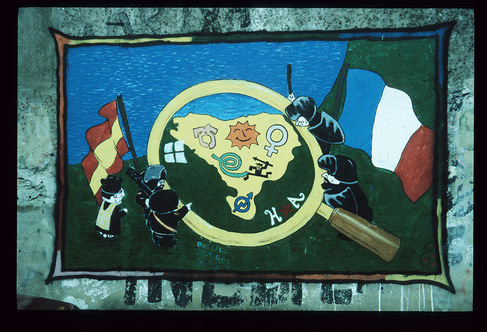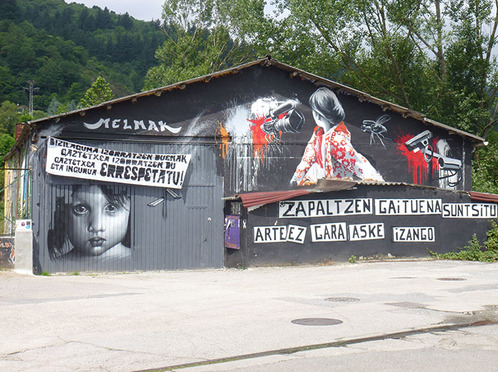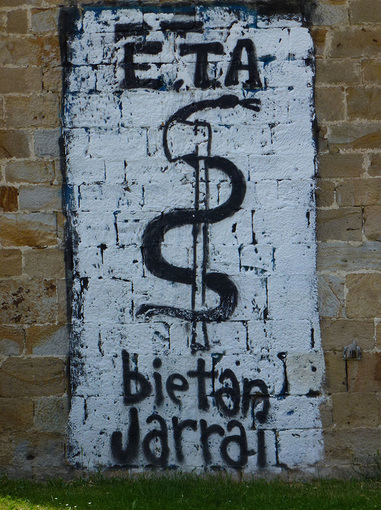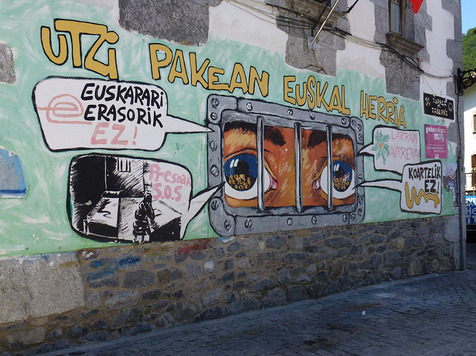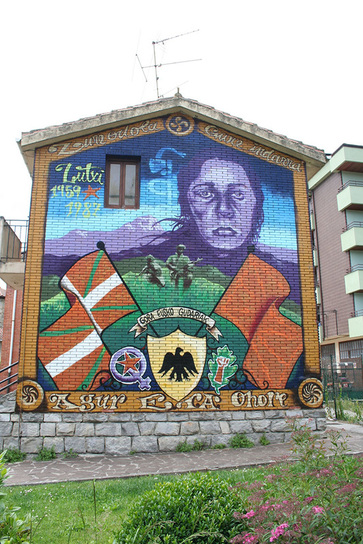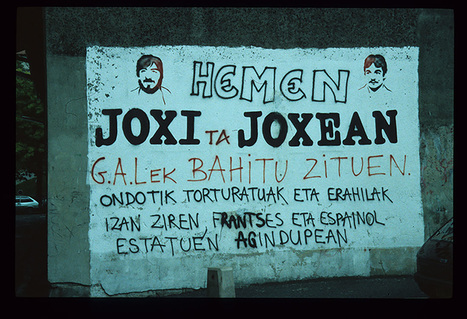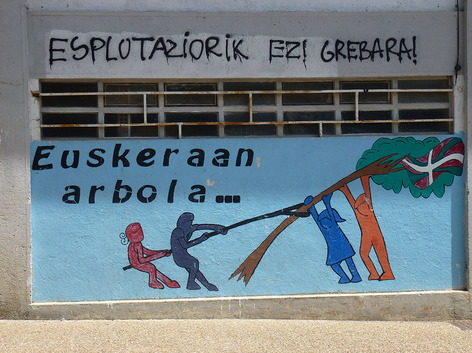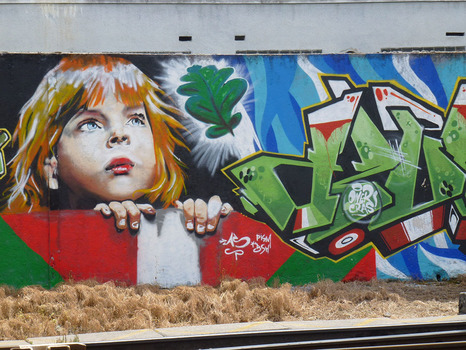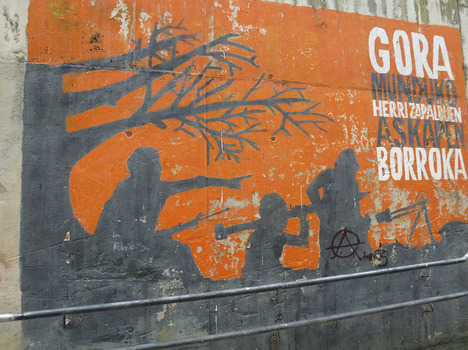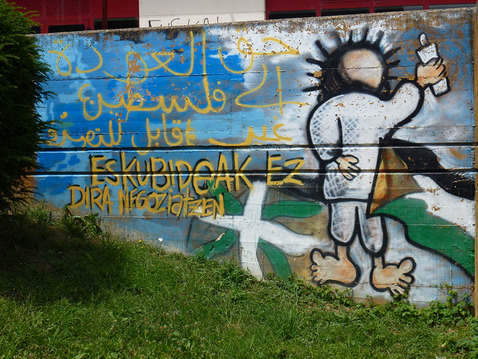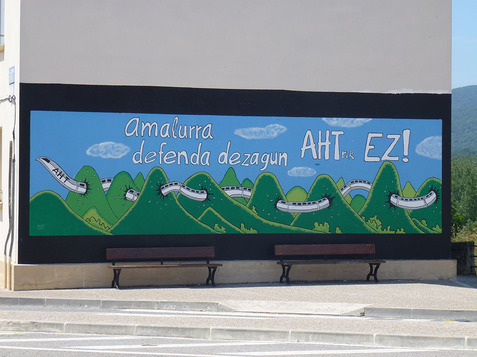Political wall murals in the Basque Country
I was in the Basque Country in 2012 and 2013 and, on the basis of research I carried out there, published an article on the political murals of the Basque Country along with Amaia Alvarez Berastegi: 'Taking Murals Seriously: Basque Murals and Mobilisation', International Journal of Politics, Culture and Society 29(1) 2016: 33-56. The abstract is as follows:
The purpose of this article is to take the admonition of taking the visual seriously into the realms of murals. It will present empirical data on contemporary murals in the Basque Country with a view to examining why murals are important to the abertzale-left, the broad left-wing nationalist movement in the Basque Country which includes but ranges far beyond the armed group ETA. The struggle for Basque autonomy from Spain has its roots in a nationalist awakening in the late twentieth century. It has developed through the struggle with fascism; the prolonged authoritarian, centralist state; and the transition to democracy after the death of Franco. Central to this development has been the definition of Basque identity in terms of culture rather than birth. Language has been key, but there has also been a visual strand to the struggle. The article will examine the state of that visual strand currently by examining murals on a range of themes: language and culture, independence and socialism, armed struggle, political prisoners, torture and repression, martyrs and heroes, women and environmental issues.
The photographs below appear in the article; all photographs have been taken by me.
The purpose of this article is to take the admonition of taking the visual seriously into the realms of murals. It will present empirical data on contemporary murals in the Basque Country with a view to examining why murals are important to the abertzale-left, the broad left-wing nationalist movement in the Basque Country which includes but ranges far beyond the armed group ETA. The struggle for Basque autonomy from Spain has its roots in a nationalist awakening in the late twentieth century. It has developed through the struggle with fascism; the prolonged authoritarian, centralist state; and the transition to democracy after the death of Franco. Central to this development has been the definition of Basque identity in terms of culture rather than birth. Language has been key, but there has also been a visual strand to the struggle. The article will examine the state of that visual strand currently by examining murals on a range of themes: language and culture, independence and socialism, armed struggle, political prisoners, torture and repression, martyrs and heroes, women and environmental issues.
The photographs below appear in the article; all photographs have been taken by me.
Bayonne. Map of Basque Country, Spanish and French police and various symbols.
Arrasate Mondragon. Mural at a gaztetxe (youth house). On the left, it says: ‘Bizilaguna izorratzen duenak gaztetxea izorratzen du. Gaztetxea eta ingurua errespetatu!’ (‘Whoever annoys the neighbours, it is also annoying the gaztetxe. Respect the gaztetxe and the surroundings!’) On the right, it says: ‘Zapaltzen gaituena sun tsitu arte ezgara aske izango’ (‘We will not be free until we destroy what is oppressing us.’)
Arbizu. The symbol of ETA.
Leitza. Mural calling for release of prisoners.
Lakuntza. A masked man torturing a naked detainee.
Otxandio. Memorial to local woman Lutxi Urigoitia, an ETA member killed by the Guardia Civil in 1987.
Bayonne. Memorial to Joxean Lasa and Joxi Zabala, ETA members killed by GAL in 1983.
Etxari Aranatz. Nurturing the Basque language.
Guernica. A detail of a mural portraying a young Basque girl holding the Basque flag, the ikurriña.
Arrasate Mondragon. Silhouetted armed fighters and support for international liberation struggles.
Arbizu. Handala, the creation of Palestinian cartoonist Naji Salim al-Ali, and support for Palestinian rights.
Etxari Aranatz. Opposition to the high-speed train project. The text reads: ‘Amalurra defenda dezagun. AHT Ez!’ (‘Let’s defend the Motherland, no to the AHT!’).
